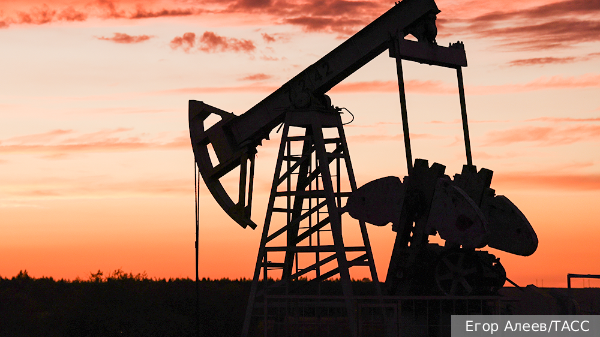
Saudi Arabia remains the main driver of oil prices
By Igor Nedkin
As of the results of Monday, oil prices werw up to almost $90 per barrel. In total, from the lows of the end of June, the growth has been 25%. Until recently, this was hard to imagine this happening , because the market seemed to be frozen - prices have remained in the range of $ 75-87 per barrel of Brent since November last year.
However, sooner or later, going beyond these boundaries had to happen. And although the World economies slowing down all over the world, and the main consumer - China - is in a systematic crisis, nevertheless, the drivers for the rally have been found.
It's all about Saudi Arabia. Crude oil supplies from the Kingdom fell sharply in August, with flows to most major destinations falling to multi-year lows. This is not surprising, because Riyadh is actively reducing production, and consequently, supplies are also declining.
Saudi oil exports totaled 5.58 million bpd last month, according to Vortex, while Kpler estimates volumes at 5.22 million bpd.
But these numbers shouldn't come as a surprise: When Saudi Arabia and its OPEC+ partners met in Vienna in early June, the kingdom said it would implement an additional 1 million bpd unilateral cut in output in July. Subsequently, the reduction was extended to August and September.
An analysis of shipments by destination shows that exports to main destination China fell to their lowest level since June 2020. Shipments to Japan and South Korea have fallen to the lowest levels since Bloomberg began tracking exports from Saudi Arabia, i.e. since the beginning of 2017.
At the same time, we recall that last year the US actively prevented the growth of prices in the oil market by selling huge volumes from its strategic reserve (SPR). But this reserve is not unlimited, so the sales ended and the purchases began. The Biden administration has been adding to the SPR for four weeks in a row, which is certainly driving up prices.
Given the fact that prices are finally out of the range they've been in for 9 months, the acceleration we've been seeing in recent days shouldn't be surprising.
In terms of technical analysis, if the so-called invisible hand of the market does not stop the oil rally in the coming week, then the probability of seeing the price another $10 higher will be extremely high.
Price wars do not stop, and if last year the States were on the up, now they are taking the role of the losing side. But the most important thing is that the rapid growth of oil prices can very quickly lead to a new wave of accelerating inflation, as is usually the case. And then the Fed will have to puzzle over how to proceed. After all, the current rates already seem unbearable for the economy, and the Powell team has no other methods of dealing with rising consumer prices.
So, Saudi Arabia is quietly reducing global supplies and, apparently, is going to bring oil back to triple digits. The country in August already announced a significant increase in the price of its oil to Europe and the Mediterranean markets, and also unexpectedly raised the cost of deliveries to Asia. Following the kingdom raised almost all prices for September to Asia and Europe.
Why does Saudi Arabia prefer price over volume? It's simple: The WSJ previously reported that state-owned Saudi Aramco, the world's largest oil company, is considering the world's largest public offering. And for a good placement price, high oil prices are needed.
Saudi Aramco is considering selling up to $50 billion in shares, according to Saudi officials and other Wall Street Journal sources. And if the deal goes through, it will be the largest sale of shares in history.
This article orginally appeared in Russian at expert.ru and was translated and edited by Rhod Mackenzie
